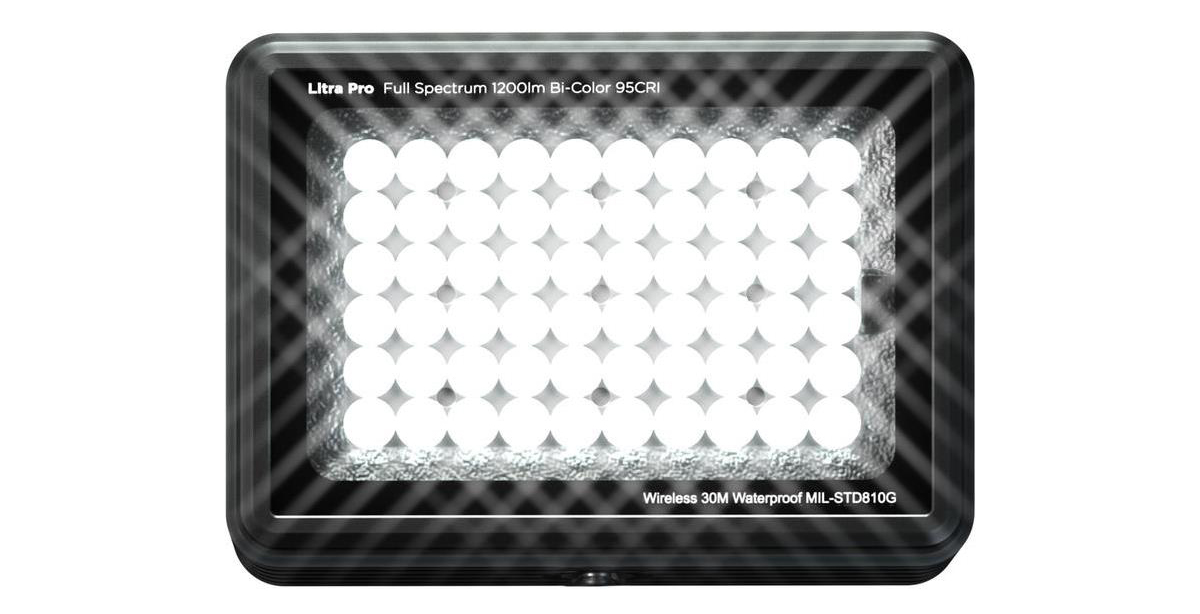Advantageous tax credits, a vibrant art scene, stellar state support, why isn't your prudction in Louisiana?
We all know that Hollywood and the surrounding Los Angeles area lead the nation in movie productions. And most of us would correctly guess that New York comes in second. But would you have guessed that Louisiana is a strong third? The final figures weren’t in at press time, but 51 to 55 major productions wrapped in the state during 2007, including theatrical features, movie-of-the-week projects and TV pilots. Louisiana’s Office of Entertainment Industry Development estimates that $500 million from motion picture production budgets was spent in the state during 2007.
A New Take on the Economy
Why Louisiana, when every region of the country is aggressively vying for its share of Hollywood’s riches? One reason is the creative culture and openness that’s a hallmark of the state, especially in New Orleans. Yet that can’t account entirely for the rapid growth in just the past few years. The core reason is the realization— both at the state and city level— that this is the region’s best shot for new economic development. The oil and fishing industries won’t be enough to ensure economic stability, and they may not be sustainable over the long-term.
The region’s greatest renewable resource could turn out to be its natural proclivity for artistic collaboration. As the birthplace of jazz, where improvisation grew out of a tolerance of different cultures, New Orleans is especially well suited for collaborative enterprises, such as film and video production. If a production company needs New Orleans location shots, it would likely shoot there anyway, even without incentives. The state wants to draw in those productions that aren’t tied to a particular location, and it’s willing to spend substantial amounts of money to attract them.
Attractive Incentives
Much of this money comes in the form of tax credits. If you build infrastructure in the state that supports and services the motion picture industry, you can qualify for a 40-percent tax credit on your in-state expenditures. And if you spend more than $300,000 on the production of a motion picture within the state, those funds can qualify for a 25-percent tax credit. This isn’t a 40- or 25-percent deduction off your taxes— it’s 40 cents or 25 cents back in your pocket for every dollar you spend. If you can’t use the tax credit, the state lets you sell or barter it to a company that can use it.

Here’s a real-world example: Raleigh Studios is working with The Celtic Group, LLC, to build the Raleigh Studios Baton Rouge. The new 140,000-square-foot sound stage facility is identical to two facilities Raleigh Studios has already constructed near Los Angeles. In effect, because of the tax credits, the Raleigh Studios Baton Rouge is being built for just 60 cents on the dollar, and production companies that rent space there will pay just 75 cents on the dollar.


I’ve only skimmed the surface of this remarkable story. In a future issue, Studio/monthly will have an in-depth feature on some of the companies that are taking advantage of the tax credits and creative climate in Louisiana. While visiting there on a recent press trip, I met with Swelltone Labs, a sound production company that has worked on every Steven Soderbergh movie since his career-launching Sex, Lies, and Videotape. I visited with Digital FX, a post production house that’s creating some extraordinary digital effects. And I saw firsthand how the region is building the infrastructure to woo an even larger share of the production pie. Stay tuned. We’ll have the rest of the story soon.
In addition to his reviews for this magazine, contributing editor David English evaluates software and hardware for CNET.com and Computer Shopper magazine.















Leave a Reply